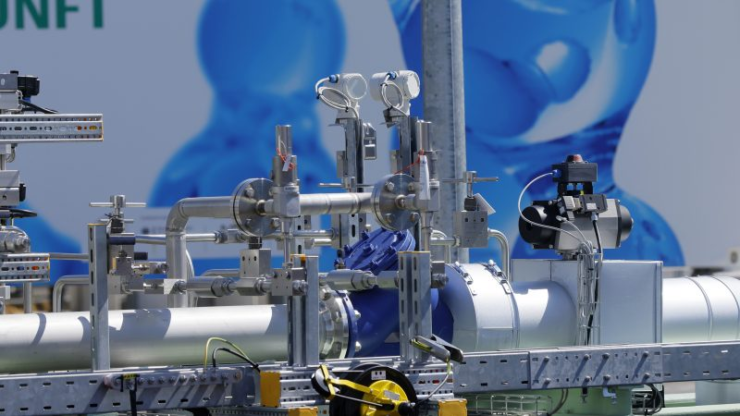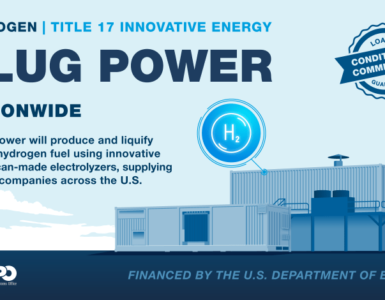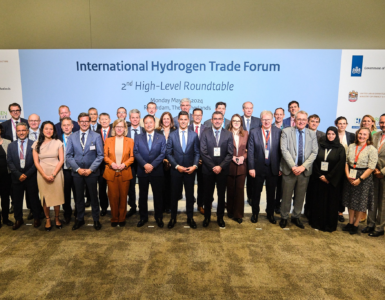Europe leads the pack on hydrogen technology innovation – Euractiv.
The EU and Japan have registered the largest amounts of hydrogen-related patents in the past decade, although the US is not far behind, a new analysis by the European patent office shows.
Hydrogen, the lightest element, does not emit CO2 when burned – making the gas a crucial aspect of a decarbonised world. The EU’s hydrogen strategy from 2020 expects the gas to account for about 13-14% of the bloc’s 2050 energy use. But the nascent clean hydrogen economy is also a business opportunity that European firms seem well-placed to capture.
“Global patenting in hydrogen is led by Europe and Japan, with the US losing ground in the period 2011–2020,” reads a report released by the European patent office (EPO).
🔥 What about we co-host a webinar? Let's educate, captivate, and convert the hydrogen economy!
Hydrogen Central is the global go-to online magazine for the hydrogen economy, we can help you host impactful webinars that become a global reference on your topic and are an evergreen source of leads. Click here to request more details
Patents are temporary protections of intellectual property designed to reward research and development – patent filings are often used to understand the degree of innovation in a market.
Meanwhile, “hydrogen-related” innovations from South Korea and China are “only starting to emerge at the international level,” it adds.
Fatih Birol, president of the International Energy Agency (IEA), said:
This study shows that innovators are responding to the need for competitive hydrogen supply chains, but also identifies areas – particularly among end-users – where more effort is required.
Some 28% of multinational patents, registered in multiple countries’ patent offices, related to the production, storage, transformation and use of hydrogen from 2011 to 2020 were registered in the EU. Individually, Germany accounts for 11%, and France for 6%.
Japan, whose GDP is only a third of the EU-27’s, registered 24% of multinational patents, growing faster in the past decade than Europe. The US, which registered 20% of patents, saw a sharp drop during the Trump administration, explained Yann Ménière, chief economist at the EPO.
Yann Ménière, chief economist at the EPO said:
But, it would not do to count the world’s largest economy out.
We can expect a strong rebound in the US as of now because of the inflation Reduction Act,”
The IRA contains tax credits that make producing hydrogen in the US extremely competitive.
While China and South Korea did not make a big splash in the number of patents, their respective growth rates of 15.2% and 12.2% over the last decade look set to change that.
Hydrogen’s regulatory troubles
While European hopes to earn a share of the developing global hydrogen market are high, domestic uptake has been stymied by continued legal troubles.
The EU’s rules that govern when hydrogen is truly “renewable” have been delayed repeatedly. A December 2022 date was missed when several European Commissioner cabinets registered concerns.
“I think the regulatory framework matters,” Ménière stressed, citing Japanese government support for domestic hydrogen applications. When Tokyo backed using hydrogen at home, patents spiked. When political backing stopped, so did patent filings, he explained.
A new economy, like the nascent hydrogen economy, is “different pieces of the puzzle that need to come together with the right timing,” the economist highlighted.
Here, regulators have a crucial role to play. “We see the importance of storage and distribution, this enabling infrastructure. Doing that in a coordinated way can only be done with a smart and consistent policy framework,” he noted.
“The industry alone cannot do it.”
EU lawmakers are currently negotiating the gas and hydrogen package proposed by the European Commission in December 2021.
European leadership
One aspect of the hydrogen value chain is where Europe really has a leg up: hydrogen production, electrolysis being its chemical term.
“Europe really stands out in high temperature (i.e. solid oxide electrolyser cells or SOEC) electrolysis,” the chief economist of EPO explains.
Hydrogen production is dominated by three methods: alkaline, polymer electrolyte membrane (PEM) and the aforementioned SOEC.
Here, European companies like France’s CEA, and the nuclear commission, triumph. CEA is a world leader in SOEC patent registrations, having registered more than 60 for that single technology alone. For PEM electrolysis, CEA registered 18 patents.
This, combined with significant capacity building, has Ménière hopeful.
“We often see a strong performance of Europe in upstream research, but the investment in the industrialisation phase does not always follow well,” he noted.
“In the case of hydrogen, we see investment in capacity. This is rather good news. But it is still early.”
Europe leads the pack on hydrogen technology innovation, January 10, 2022








